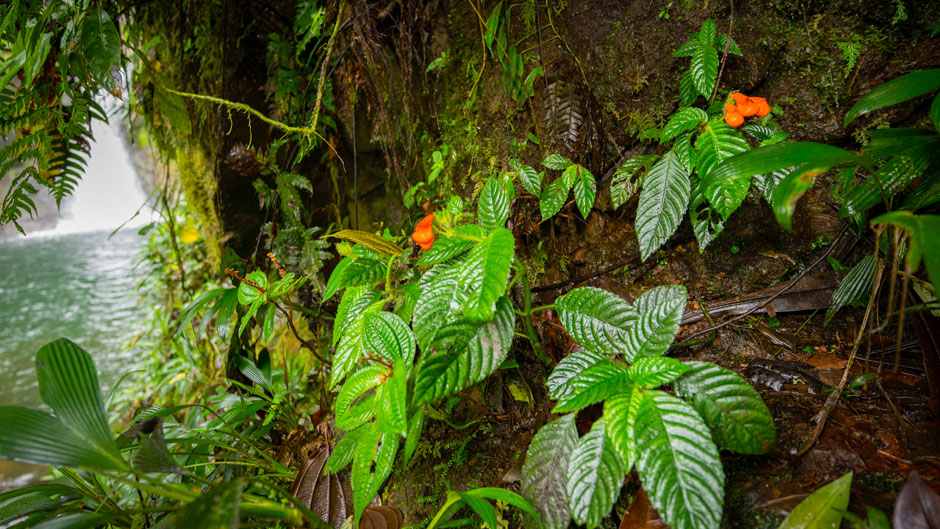Over 97 percent of forests in the western half of Ecuador have been turned into farmland over the last decades. This extensive deforestation led to the extinction of multiple species of flora, leading conservationists to think that those plants are gone for good. A recent expedition, however, has rediscovered one of the presumed-extinct wildflowers, bringing a new glimmer of hope for the region’s biodiversity.
From the brink of extinction
The scientists discovered the plant, Gasteranthus extinctus, in the foothills of the Andes, in leftover forest patches in Ecuador’s Centinela region, almost four decades after its last sighting. Extensive deforestation during the last few decades led scientists to presume the extinction of several plant species, which is why Gasteranthus extinctus, has the name that it has.
Despite the vast majority of the Centinela Ridge’s forests having been destroyed, a team of researchers began searching last summer for the flower. They first started looking at satellite images to identify primary areas of rainforest that have remained intact.
“Centinela is a mythical place for tropical botanists,” said Nigel CA Pitman, one of the researchers behind the rediscovery. “But because it was described by the top people in the field, no one double-checked the science. No one went back to confirm that the forest was gone and those things were extinct. We walked into Centinela thinking it was going to break our heart and instead we ended up falling in love.”
The wildflower has neon-orange petals and boasts an underside pouch. It only took the researchers a few hours into their survey to identify the plant, using just images of dried herbarium specimens, drawings, and a written description for reference, reports The Guardian.
A valuable rediscovery for future conservation
The researchers photographed the flower and sent the pictures to a taxonomic expert who confirmed the finding. The plant will still be called Gasteranthus extinctus, even though it’s not extinct, it remains critically endangered. The team will now work with conservationists in the area to protect the remaining patch of forest, where the Centinelan flowers remerged from “extinction.”
“Rediscovering this flower shows that it’s not too late to turn around even the worst-case biodiversity scenarios, and it shows that there’s value in conserving even the smallest, most degraded areas,” said Dawson White, joint lead study author. “New species are still being found, and we can still save many things that are on the brink of extinction.”
Source Study: PhytoKeys — Rediscovery of Gasteranthus extinctus L.E.Skog & L.P.Kvist (Gesneriaceae) at multiple sites in western Ecuador












